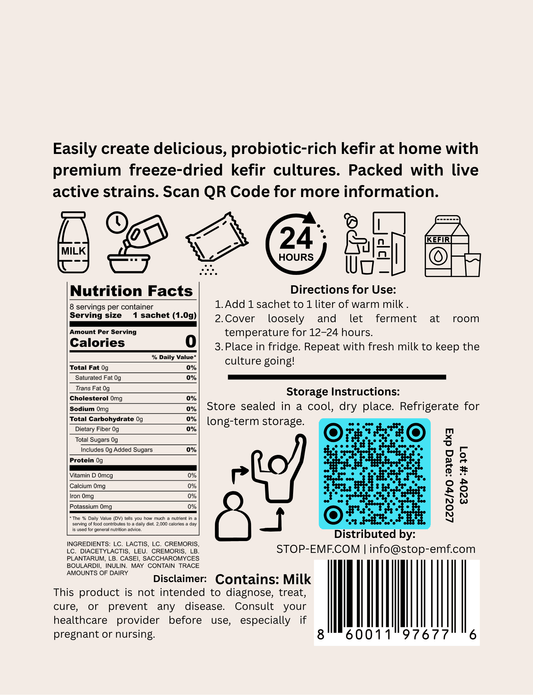Methylene blue is a versatile compound with a wide range of applications, from medical treatments to industrial processes. However, one of the most common concerns associated with methylene blue is its potential to stain the teeth. In this comprehensive guide, we will explore the causes of methylene blue staining, the health benefits of this compound, and effective strategies to prevent and remove these unsightly discolorations.
Understanding Methylene Blue and Its Effects on Teeth
Methylene blue is a synthetic dye that has been used in various medical and scientific applications for over a century. It is known for its distinctive blue color and its ability to interact with various biological molecules, making it a valuable tool in diagnostic and therapeutic procedures.
When it comes to the effects of methylene blue on teeth, the primary concern is its ability to stain the enamel. This discoloration can occur due to the compound's chemical composition and its tendency to bind to certain components of the tooth structure.
The Chemical Composition of Methylene Blue
Methylene blue is a heterocyclic aromatic compound with a distinctive blue color. Its chemical formula is C₁₆H₁₈ClN₃S, and it is composed of a central sulfur atom surrounded by a ring of carbon and nitrogen atoms. This unique structure allows methylene blue to interact with various molecules, including those found in the oral cavity.
The Mechanism of Tooth Staining
The staining effect of methylene blue on teeth is primarily due to its ability to bind to the proteins and minerals present in the tooth enamel. When methylene blue comes into contact with the teeth, it can penetrate the enamel and adhere to the underlying dentin, resulting in a noticeable blue discoloration.
The Health Benefits of Methylene Blue
Despite its potential to stain the teeth, methylene blue has several health benefits that make it a valuable compound in the medical field. Some of the key benefits of methylene blue include:
Antioxidant Properties
Methylene blue is a potent antioxidant that can help neutralize free radicals and reduce oxidative stress in the body. This property makes it useful in the treatment of various conditions, such as Alzheimer's disease, Parkinson's disease, and certain types of cancer.
Cognitive Enhancement
Studies have shown that methylene blue can enhance cognitive function and improve memory performance. This is due to its ability to increase the production of ATP, the primary energy currency of the body, in the brain.
Wound Healing
Methylene blue has been used in the treatment of various types of wounds, including surgical incisions and chronic ulcers. Its antimicrobial properties and ability to promote tissue regeneration make it a valuable tool in wound management.
Diagnostic Applications
Methylene blue is commonly used in medical diagnostics, such as the detection of certain types of cancer and the identification of nerve tissue during surgical procedures.
Preventing and Removing Methylene Blue Stains
While the health benefits of methylene blue are well-documented, the issue of tooth staining remains a concern for many individuals. Fortunately, there are several strategies that can be employed to prevent and remove these unsightly discolorations.
Preventive Measures
One of the most effective ways to prevent methylene blue stains on the teeth is to avoid direct contact with the compound. This can be achieved by using a straw when consuming beverages or foods containing methylene blue, or by rinsing the mouth with water immediately after exposure.
Removal Techniques
If you have already experienced methylene blue staining on your teeth, there are several techniques you can use to remove the discoloration:
-
Lemon Juice or Ascorbic Acid: The acidity in lemon juice or ascorbic acid (vitamin C) can help break down the bonds between methylene blue and the tooth enamel, effectively removing the stain.
-
Mechanical Cleaning: Professional dental cleaning or the use of abrasive toothpastes can help physically remove the methylene blue stains from the teeth.
-
Whitening Treatments: Over-the-counter or professional whitening treatments can be used to lighten the teeth and reduce the appearance of methylene blue stains.
It's important to note that while these techniques can be effective, it's always best to consult with a dental professional before attempting any at-home remedies or whitening treatments, as they may have unintended consequences or interact with other dental conditions.
Conclusion
Methylene blue is a versatile compound with numerous health benefits, but its potential to stain the teeth can be a significant concern for many individuals. By understanding the chemical composition and mechanism of tooth staining, as well as the effective strategies for prevention and removal, you can enjoy the benefits of methylene blue while maintaining a bright, healthy smile. Remember to always consult with a dental professional for personalized advice and guidance on managing methylene blue stains and maintaining optimal oral health.
References
- Ames, B. N., Cathcart, R., Schwiers, E., & Hochstein, P. (1981). Uric acid provides an antioxidant defense in humans against oxidant-and radical-caused aging and cancer: a hypothesis. Proceedings of the National Academy of Sciences, 78(11), 6858-6862.
- Oz, M., Lorke, D. E., Hasan, M., & Petroianu, G. A. (2011). Cellular and molecular actions of Methylene Blue in the nervous system. Medicinal research reviews, 31(1), 93-117.
- Tardivo, J. P., Del Giglio, A., de Oliveira, C. S., Gabrielli, D. S., Junqueira, H. C., Tada, D. B., ... & Baptista, M. S. (2005). Methylene blue in photodynamic therapy: from basic mechanisms to clinical applications. Photodiagnosis and photodynamic therapy, 2(3), 175-191.
- Wainwright, M. (1998). Photodynamic antimicrobial chemotherapy (PACT). Journal of Antimicrobial Chemotherapy, 42(1), 13-28.







1 comment
Will swallowing a troche prevent stinimg of teeths..I have veneers